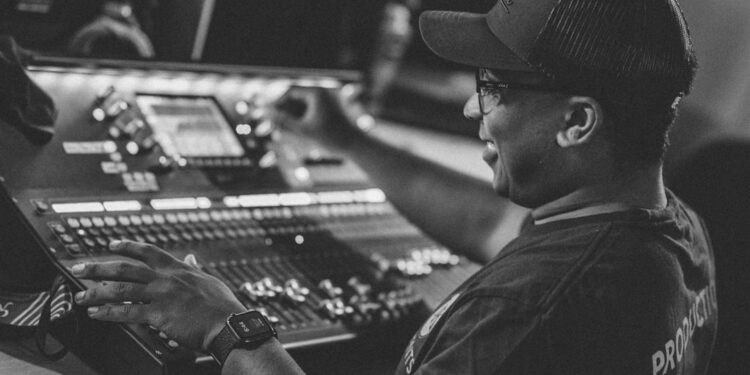10 Essential Tools for a Successful Production
Producing a successful film, TV show, or any other type of production requires a multitude of tasks to be executed flawlessly. From pre-production to post-production, there are several tools that can greatly enhance productivity and efficiency. In this blog post, we will explore the 10 essential tools for a successful production.
1. Scriptwriting Software: A script is the foundation of any production, and having the right software can make a significant difference. Programs like Final Draft or Celtx provide useful features such as auto-formatting, collaboration tools, and revision tracking, making the scriptwriting process easier and more organized.
2. Production Management Software: Keeping track of schedules, budgets, and crew members can be a daunting task. Production management software like StudioBinder or Celtx can streamline these processes, providing a centralized platform for communication, document management, and collaboration. These tools ensure that everyone involved in the production is on the same page, reducing the chances of miscommunication or missed deadlines.
3. Digital Storyboards: Traditional storyboarding can be time-consuming and expensive. Using digital storyboarding tools like Storyboarder or ShotPro, you can create detailed visual representations of scenes, shots, and camera movements more efficiently. These tools allow you to experiment with different ideas, making it easier to convey your vision to the rest of the team.
4. Virtual Reality (VR) Pre-Visualization: VR technology has revolutionized pre-production by enabling filmmakers to visualize their concepts in three-dimensional space. Tools like Storyboard VR or The Wild allow directors and cinematographers to create virtual sets, experiment with camera angles, and even simulate lighting conditions. This immersive experience helps save time and costs in physical set construction and enables directors to fine-tune their vision before the actual shoot.
5. Cinematography Apps: Cinematographers can greatly benefit from smartphone apps designed specifically for their needs. Apps like Cine Meter or Artemis Director’s Viewfinder provide tools for measuring light levels, calculating depth of field, and simulating different lens combinations. These apps assist cinematographers in making precise technical decisions, enhancing the overall visual quality of the production.
6. Green Screen Software: Green screens have become a staple in modern filmmaking, enabling the creation of realistic visual effects. Tools such as Adobe After Effects or Nuke allow editors to seamlessly replace green or blue backgrounds with virtual sets or environments. With advanced features like keyframe tracking and color correction, these tools ensure that the final product appears seamless and professional.
7. Non-Linear Editing Software: Post-production can be a time-consuming process, and having the right editing software can significantly improve efficiency. Popular programs like Adobe Premiere Pro or Final Cut Pro X offer powerful features for editing, color grading, and audio mixing. These tools provide a smooth workflow and allow editors to bring their creative vision to life.
8. Sound Design Software: Good sound design is crucial in creating an immersive experience for the audience. Audio editing software like Pro Tools or Adobe Audition offers a wide range of tools for manipulating and enhancing audio. From noise reduction to multi-track mixing, these tools help sound designers create professional-quality soundscapes.
9. Visual Effects (VFX) Software: Visual effects have become increasingly prevalent in productions of all types. Software like Autodesk Maya or Adobe After Effects enables VFX artists to create stunning effects and seamlessly integrate them into the footage. These tools provide a wide range of capabilities, from particle simulations to 3D modeling, contributing to the overall production quality.
10. Cloud Storage and Collaboration Tools: Collaboration is key in a production, and cloud storage and collaboration tools make it easier for teams to work together remotely. Services like Dropbox or Google Drive allow for easy file sharing, while collaboration platforms like Slack or Asana enable efficient communication and task management. These tools ensure that team members can access files and stay connected, regardless of their location.
In conclusion, having the right tools can make a significant difference in the success of a production. From scriptwriting software to cloud storage and collaboration tools, each tool plays a crucial role in enhancing productivity and streamlining processes. By leveraging these 10 essential tools, production teams can work more efficiently, bringing their creative vision to life and delivering high-quality results.














